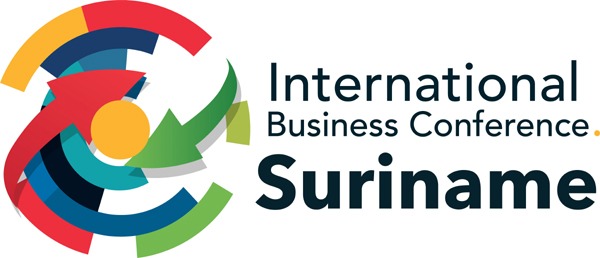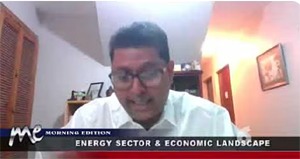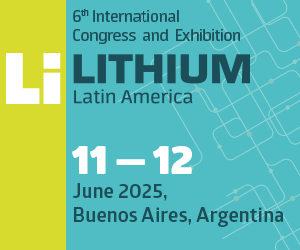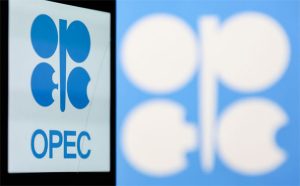Wirth’s Chevron: Recasting the Rules of Offshore Power and Sanctioned Leverage.

Elio Ohep | EnergiesNet Analysis
PHOENIX, AZ
EnergiesNet.cim July 30, 2025
Chevron’s $53 billion acquisition of Hess Corporation has formalized its entry into Guyana’s Stabroek Block, acquiring a 30% stake in one of the world’s fastest-growing offshore oil projects. The deal was cleared in July after arbitration at the International Chamber of Commerce, where ExxonMobil and CNOOC attempted to block the merger, citing preemption rights under the joint operating agreement. The tribunal ruled that Hess was within its rights to sell its parent company stake without triggering asset-level restrictions.
Guyana welcomed Chevron’s entry. The government sees this as further validation of its offshore licensing stability and international legal position amid Venezuela’s ongoing claim to the Essequibo region. The boundary dispute is currently under review at the International Court of Justice (ICJ), and Guyanese officials have reiterated that foreign oil investment is protected under global arbitration norms.
Chevron’s arrival alters the existing operator structure led by ExxonMobil, which previously preferred smaller, independent partners. As Bloomberg reported, Chevron’s scale could prompt shifts in development pacing, commercial strategy, and consortium governance. CEO Mike Wirth acknowledged the tension, saying the merger “creates a premier international oil and gas company,” but also noting that Exxon’s legal challenge made direct resolution “not possible.”
In parallel, Chevron remains the primary U.S. oil company operating inside Venezuela under a six-month sanctioned license granted by the U.S. Treasury Department. It’s currently producing over 100,000 barrels per day, contributing roughly 25% of Venezuela’s output, according to Francisco Monaldi, director of the Latin America Energy Program at Rice University.
Monaldi has stressed that despite license limitations, Chevron’s joint ventures with PDVSA are indirectly benefiting Venezuela’s fiscal posture. “Maduro might be willing to accept a relatively tough deal with the U.S., because it cannot be much worse than what he gets in China,” Monaldi told Bloomberg. He added that Chevron’s exports are preferred by U.S. refiners, given the compatibility of Venezuela’s heavy crude with Gulf Coast infrastructure.
Meanwhile, Reuters correspondent Marianna Párraga reports that Venezuela is reactivating dormant offshore gas blocks near Guyana’s maritime frontier—including Chevron’s Plataforma Deltana assets. Venezuelan officials have pressured Chevron, BP, and Shell to accelerate exploration in these regions. Párraga notes that Deltana lies closest to the disputed maritime boundary under litigation at the ICJ.
From an institutional standpoint, The Wall Street Journal noted that ExxonMobil’s arbitration loss undermines its control over future consortium composition. The paper also reported that John Hess, formerly CEO of Hess Corporation, was initially blocked from joining Chevron’s board by the U.S. Federal Trade Commission due to concerns about private communications with OPEC. The FTC later reversed that decision.
Chevron’s dual footprint in Guyana and Venezuela raises operational and reputational challenges. It must manage relations with two governments locked in a territorial dispute, maintain compliance with U.S. sanctions, and coordinate offshore development within a recalibrated joint venture. Its presence may also accelerate legal and diplomatic dialogue across borders—as stakeholders reevaluate offshore governance, licensing transparency, and conflict exposure.
Sources: Bloomberg, WSJ, NYT, Reuters, IA
Elio Ohep, editor@petroleumworld.com
EnergiesNet.com 07 30 2025














